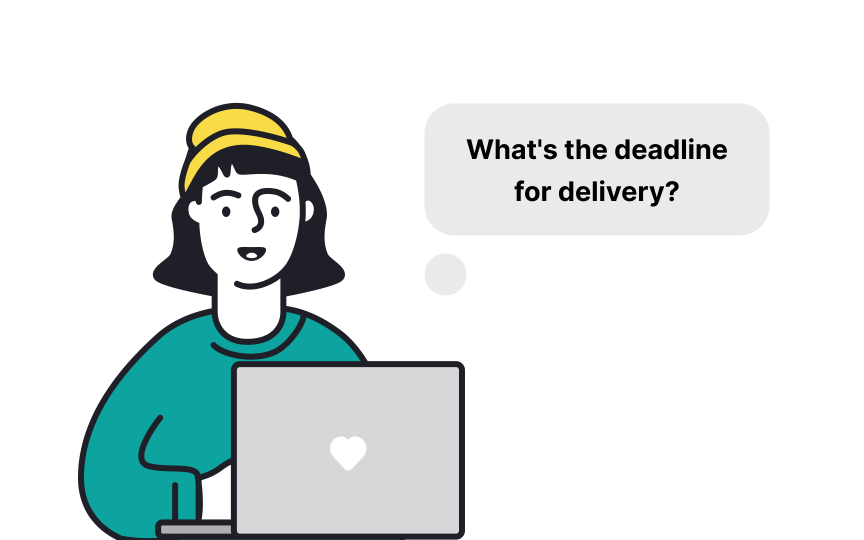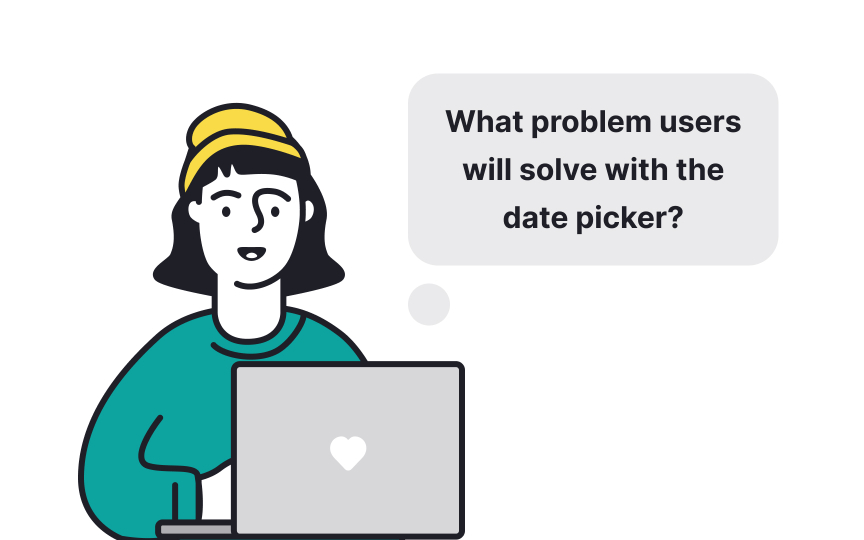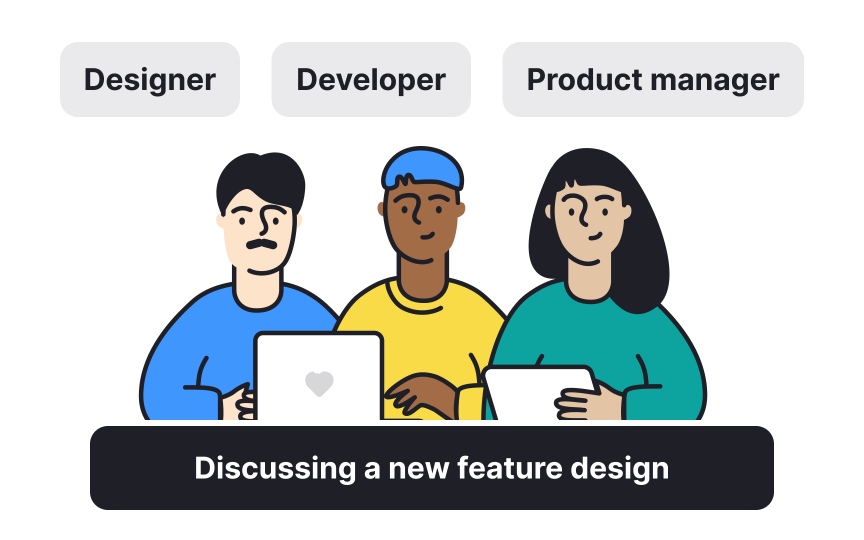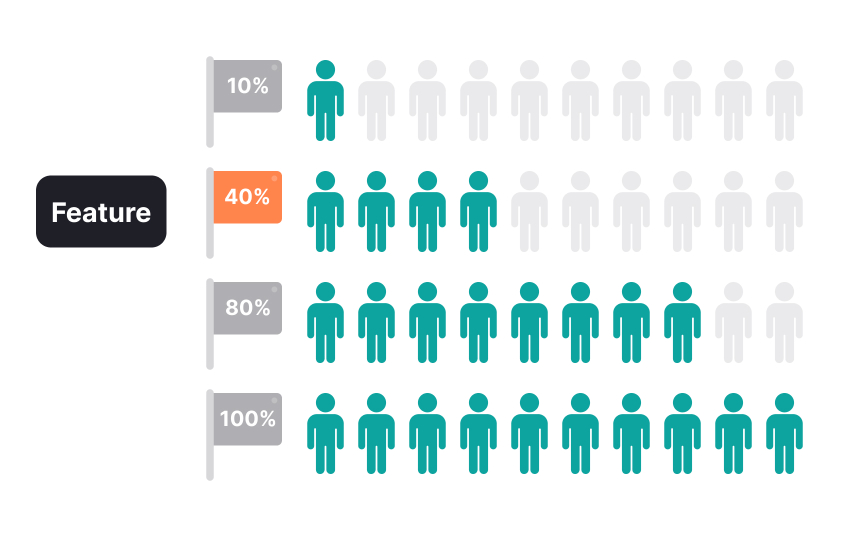How Developers Embrace Agile
Shift your development approach from coding to specifications to actively collaborating on valuable solutions.
Agile transforms how developers work. Instead of just following processes, developers move from executing tasks to collaborating on products. This shift means asking why features matter, collaborating from the start, adapting to changes, and focusing on user value. When developers embrace agile, they become partners in creating products, owning results, and building solutions for real user needs. The journey to agile requires developers to let go of traditional beliefs like fixed requirements and isolated work. Instead, they learn to welcome change, seek early collaboration, and measure success by user outcomes rather than completed code. This transformation doesn't happen overnight: it requires support, patience, and a shared commitment to new ways of working. Product managers and designers support this transition by providing context, involving developers early, and welcoming questions and iteration.
Moving from traditional development to agile requires a fundamental mindset change. Developers must shift from seeing themselves as implementers who simply follow specifications to becoming active contributors who help shape the product. This transition involves letting go of beliefs like "requirements are fixed" and "just tell me what to build."[1] In agile environments, developers participate in determining what to build, why it matters, and how to measure success. They take shared ownership of the user experience rather than just focusing on technical implementation. This mindset change doesn't happen overnight but requires conscious effort and practice. When developers truly embrace this shift, they start asking deeper questions about requirements, collaborating earlier in the process, and caring about outcomes more than just shipping features. They become partners in the product development process rather than order-takers.
Pro Tip: Start small by asking "why" about one user story in your next sprint planning. Understanding the reasoning behind features helps you make better technical decisions.
Agile developers seek to understand the "why" behind features, not just how to implement them. By comprehending the purpose, they can suggest better solutions and make smarter technical decisions. This isn't about challenging decisions but gaining context to deliver better value. For example, when asked to add a date picker to a form, an agile developer might ask, "Why do we need this specific date information?" They may discover users need to schedule future deliveries, which might lead to suggesting a more useful calendar view showing available delivery slots instead of a generic date picker.
Effective developers ask focused questions:
- "What problem does this solve?"
- "How does this benefit users?"
- "How will we measure success?"
These questions reveal hidden assumptions and lead to more thoughtful solutions. When a developer understands that a requested notification feature aims to reduce missed appointments, they might propose an SMS reminder system that achieves better results than the originally requested email notification.
Traditional approaches exclude developers until implementation time. Agile brings developers into the discovery phase, capturing their technical insights earlier. When developers join user research sessions, problem-framing workshops, and early solution discussions, they offer a valuable technical perspective while gaining deeper user understanding. This prevents creating designs that look good but are difficult to implement. For example, a developer in a user interview might notice that customers struggle with form submission speed. They could suggest backend optimizations that designers wouldn't have considered. Similarly, developers in ideation sessions might propose technical solutions that open new creative possibilities. Involving developers in discovery creates solutions that are both desirable and feasible. When developers see users struggling firsthand, they become more committed to solving real problems rather than just completing tickets.
Pro Tip: Next time you conduct user testing, invite a developer to observe. Their technical perspective often spots solution opportunities others miss.
Traditional development sees changing requirements as planning failures. Agile views changes as learning opportunities. Developers need strategies to handle this constant evolution without feeling disrupted. Successful agile developers build flexibility into their code, avoid over-engineering, and manage technical debt carefully. They understand that requirements change because teams learn more about user needs, not because of poor planning. For example, a developer might use modular design patterns that allow sections of an app to change without affecting others. They might implement features behind feature flags so new functionality can be easily enabled, disabled, or modified based on feedback. Teams support adaptability by breaking work into small, independent pieces that can evolve separately. When developers view themselves as problem-solvers rather than feature-builders, changing direction becomes energizing instead of frustrating.[2]
Pro Tip: When writing code, ask "How easily could I change this if requirements shift?" This simple question improves architecture decisions.
Certain development practices create the foundation for true agility. Without these practices, teams might follow agile ceremonies but struggle with actual flexibility:
- Test-driven development helps developers make changes confidently, knowing tests will catch problems. For instance, a team practicing TDD can quickly add new features or change existing ones without fear of breaking functionality.
- Continuous integration prevents integration headaches by regularly combining and testing everyone's work. Teams can catch conflicts early when they're easier to fix.
- Pair programming spreads knowledge across the team, reducing dependency on individual developers.
- Through regular refactoring, developers keep code clean and malleable, making it easier to adapt to new requirements.
These practices are not just technical best practices. They directly enable the agile mindset of embracing change and continuous delivery.
Agile developers constantly balance delivering quickly and maintaining code quality. While agile values working software, it also emphasizes sustainable development and technical excellence. Too much focus on speed creates
Pro Tip: After taking a shortcut to meet a deadline, add specific cleanup tasks to your backlog. This makes technical debt visible and manageable.
Agile developers measure success by outcomes achieved rather than features completed. This shifts focus from "Did I build what was asked?" to "Did what I build solve the problem?" When developers own outcomes, they care about post-release performance. They track user adoption, monitor for issues, and suggest improvements. This creates a more holistic view extending beyond code completion to actual user impact. For instance, instead of celebrating when a search feature is launched, outcome-focused developers track whether search helps users find products more quickly. If data shows users still struggle, they proactively suggest improvements rather than considering the feature "done." Teams foster this mindset by sharing user feedback and metrics with developers, involving them in feature reviews, and celebrating learning rather than just shipping code.
Pro Tip: After releasing a feature, check usage data with your team. Seeing real-world impact shifts focus from shipping features to delivering outcomes.
Effective agile teams break down silos between development, design, and product management. Instead of working separately and passing deliverables between groups, team members collaborate continuously. This collaboration takes many forms. Developers pair with designers to ensure the technical feasibility of designs. Product managers and developers discuss implementation trade-offs. All 3 roles might work together to solve complex user problems.
For example, rather than designers creating complete mockups and "throwing them over the wall," developers and designers might work side-by-side, building and refining the interface together. Product managers might join daily standups, helping resolve questions about user needs immediately rather than through formal documentation. When teams truly collaborate across disciplines, they create more cohesive products and avoid the waste of building solutions that don't meet user needs or aren't technically feasible
Pro Tip: Learn basics about design and product management. Understanding concepts like "user journey" helps you collaborate more effectively with colleagues in these disciplines.
Agile development embraces experimentation for learning and improving products. Rather than trying to get everything right up front, agile developers build small experiments to test ideas and iterate based on results. This approach includes techniques like prototypes, A/B tests, feature flags, and limited rollouts. Each provides ways to test ideas with real users while minimizing risk. The goal is quick learning rather than investing heavily in unproven solutions. For example, instead of building a completely new checkout process, a team might create a simplified version for 10% of users and compare conversion rates. Or they might build a basic version of a feature, gather feedback, and improve it before full release. To support experimentation, developers need technical practices like feature toggles, monitoring tools, and deployment automation. They also need a mindset that values learning over being right the first time.
Pro Tip: Use feature flags for new functionality. This lets you gather feedback from a small user group before full implementation.
Agile development is not a destination but a journey of ongoing improvement. Effective agile developers continuously enhance their technical practices, collaboration approaches, and product delivery methods. Practices supporting this improvement include regular retrospectives where teams reflect on their process, deliberate learning time for exploring new skills, knowledge sharing across the team, and staying current with evolving
Pro Tip: End each day by identifying one thing to improve tomorrow. Small, consistent changes compound into significant progress over time.
References
- How to be an awesome agile developer | Atlassian | Atlassian
Top contributors
Topics
From Course
Share
Similar lessons

Agile Methodologies

What is Agile?






















